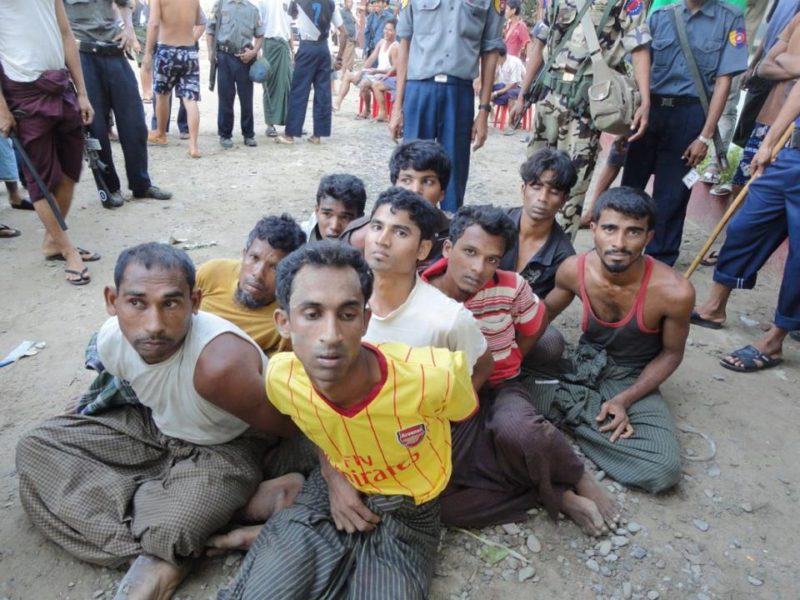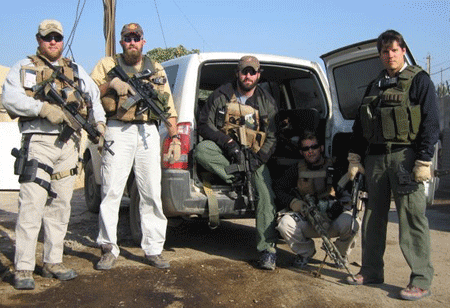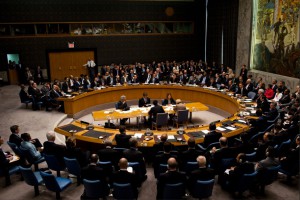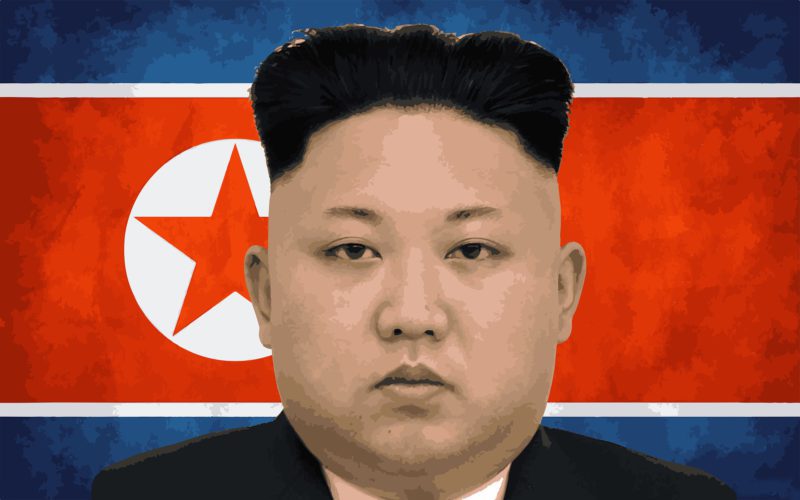Over a dozen Nobel laureates penned an open letter to the United Nations Security Council on December 29, 2016, highlighting the plight of the Rohingya Muslims in Myanmar and the failure of fellow Nobel laureate, Aung San Suu Kyi, to address their issues and take decisive action. In the letter, the esteemed group, which included Nobel Peace Prize winners Archbishop Desmond Tutu and Malala Yousafzai, urged the Security Council and Secretary-General António Guterres to treat the Myanmar crisis as a foremost priority, and compared the human rights violations seen in the country to those in previous conflicts in Rwanda, Darfur, Bosnia, and Kosovo. Despite the ethnic cleansing campaign against the Rohingya and the subsequent refugee crisis, the situation in Myanmar has gone unnoticed by many, primarily due to a lack of international media reportage and a string of laws banning criticism of the military in the media. To understand the crisis’ recent developments, a brief overview of ethno-religious tension in Myanmar is required.

Rohingya Muslims are a distinct ethnic group with their own language and culture. Rohingya make up the majority of Myanmar’s minority Muslim population and most live in Rakhine State, located in western Myanmar. Unlike Arakanese Muslims in Rakhine State, who speak a language similar to Burmese and claim that their ancestors lived in Myanmar for centuries, there is much debate as to whether the majority of Rohingya are native to Rakhine or settled there during the period of British colonial rule (1824-1948) after leaving from their native Bangladesh. According to the official stance of the government and many Myanmar Buddhists, the Rohingya are considered illegal migrants from Bangladesh. As a result, Aung San Suu Kyi refuses to refer to the group as ‘Rohingya’ and has lobbied governments around the world to do the same, opting instead for terms such as ‘Muslim community in Rakhine State’. Previous Myanmar administrations referred to the group as ‘Bengalis’, a label that implies foreignness.
Ethno-religious tension in Myanmar has resulted in the treatment of the Rohingya as second-class citizens for decades. During the Second World War, the Japanese occupation of Myanmar (formerly Burma) and Rakhine State (formerly Arakan) became the site of armed offensives between Allied and Japanese forces. The majority of Muslims in Rakhine supported the British, while the non-Muslim population of Rakhine largely supported the Japanese, leading to attacks between the two religious groups, and eventually, segregation. With the onset of a single-party, military-led socialist state in 1962, hundreds of thousands of South Asians were expelled from the country, political organization and activity by Muslims was banned, and newly adopted policies denied citizenship status to most Muslims in Rakhine. Since this time, many Rohingya have fled to Bangladesh, while others sought asylum in Thailand, Malaysia, and Indonesia. In military-led ethnic cleansing campaigns in 1978 and 1991 respectively, over 450,000 Rohingya were forced out of Myanmar. With the passing of the Burma Citizenship Law in 1982, the Rohingya were excluded from citizenship due to their non-indigenous status and their inability to prove their lineage in the country before 1948. More recently, in 2009, a letter from the Myanma Consul-General in Hong Kong, Ye Myint Aung, revealed the scope of the animosity held by the government towards the Rohingya when he claimed that “Rohingya are neither ‘Myanmar People’ nor Myanmar’s ethnic group” and that when compared to people of Myanmar whose complexion is “fair and soft, [and] good looking”, Rohingya are simply “dark brown” and should thus be considered foreigners.

In 2012, tensions finally reached their boiling point as violence broke out between local Buddhists and the Rohingya, killing over 200 Rohingya and displacing over 140,000, who were forcefully relocated into refugee camps. While the government claims that camps were set up to protect the Rohingya from attacks, the conditions in the camps are notoriously squalid, and residents are faced with malnutrition, waterborne diseases, mass deaths, and an increasing number of tuberculosis, HIV, and malaria cases. The situation for the Rohingya was made worse due to the eviction of aid groups such as Doctors Without Borders, who not only provided aid to the Rohingya, but also collected information and statistics which revealed the scope of human suffering faced by the Rohingya. As a result, the extent of human rights violations in Myanmar’s refugee camps today is not fully known.
This decades-long conflict seems to be escalating at an alarming rate as 2015 and 2016 saw an increase in religious intolerance and the rise of Buddhist nationalist groups. These groups were influential in the government’s decision to pass four laws pertaining to religious conversion, marriage, healthcare, and monogamy, which, according to Amnesty International, “were passed despite containing provisions that violate human rights, including by discriminating on religious a gender grounds”. With the decision to revoke Temporary Registration Cards (TRCs), many Rohingya were left without any form of identity documents, depriving them of not only a state, and both a collective and individual identity, but also without political rights, as they were thus unable to vote. With continued military and police abuses of the Rohingya this past year and the Bangladeshi government is denying asylum to Rohingya refugees, many Rohingya are faced with the decision to either remain in Myanmar and face persecution, or make the perilous journey to neighbouring countries where they may very well also be denied asylum. With Nobel Peace Prize Winner Aung San Suu Kyi remaining silent on the Rohingya crisis, pressure by the international community and civil society institutions are the Rohingya’s only hope for survival.
Disclaimer: Any views or opinions expressed in articles are solely those of the authors and do not necessarily represent the views of the NATO Association of Canada.
Cover Photo: Buddhism (2015), by Bamikhan via Wikimedia. CC BY-SA 4.0.
First Photo:Remise du Prix Sakharov à Aung San Suu Kyi par Martin Schultz au Parlement européen à Strasbourg le 22 octobre 2013 (2013), by Clause Truong-Ngoc via Wikimedia. Licensed under CC BY-SA 3.0.
Second Photo: “Myanmar/Burma: Little hope for Rohingya IDPs” (2013), by European Commission DG ECHO via Flickr. CC BY-ND 2.0.




